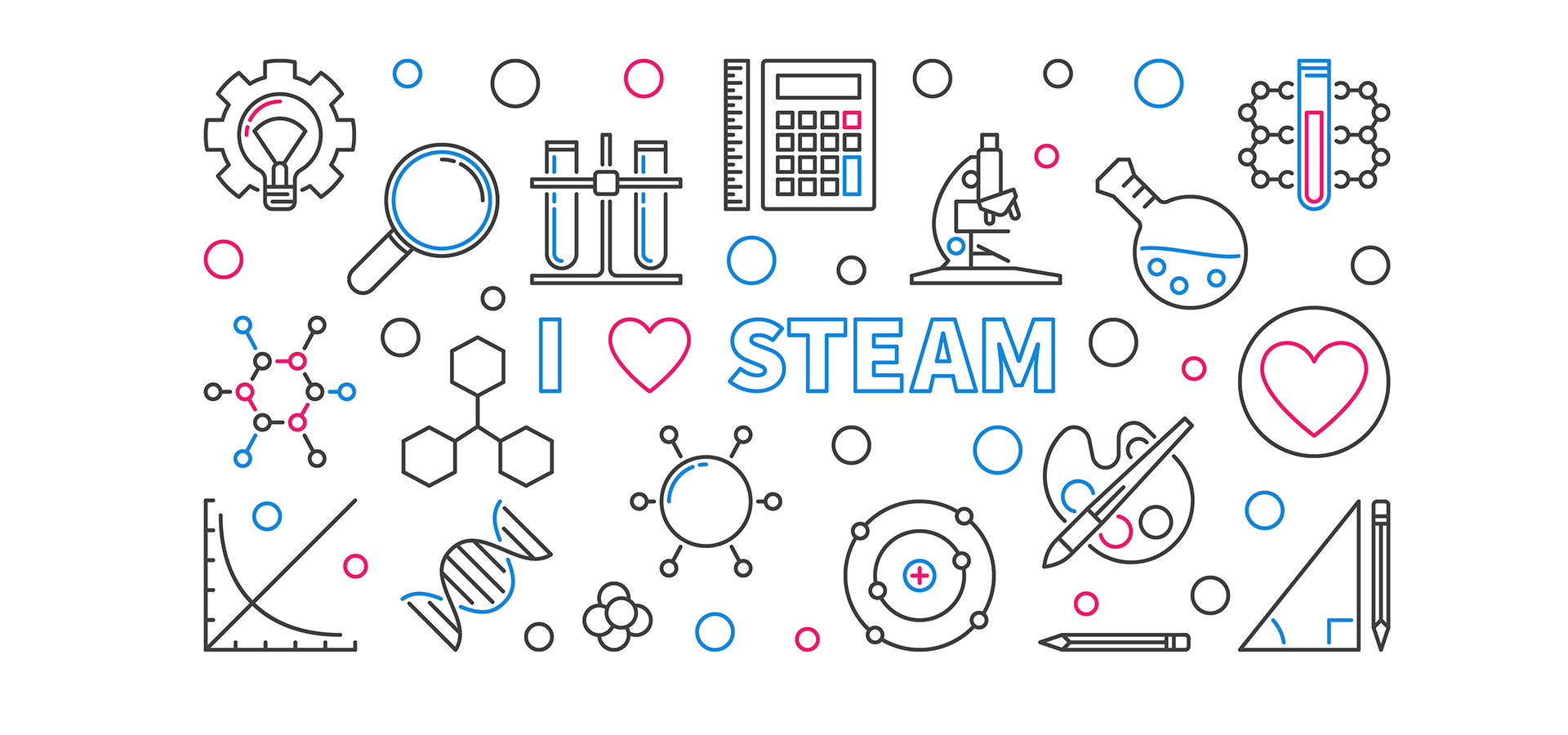E-STEAM: Equality in Science, Technology, Engineering, Art and Mathematics
E-STEAM: Equality in Science, Technology, Engineering, Art and Mathematics

E-STEAM
Equality in Science, Technology, Engineering, Art and Mathematics
- Targets in gender equality in Science, Technology, Engineering, Art and Mathematics
- STEAM and Gender education is not widely represented and the project will use activities based on natural learning and the idea of educating students/pupils across all disciplines - specifically science, technology, engineering, art and mathematics - by integrating each into an overarching applied approach.
EIGE’s study on the economic benefits of gender equality (2017) shows that reducing gender segregation in STEM education alone could lead to an additional 1.2 million jobs in the EU. These jobs are estimated to occur mostly in the long term, however, as employment is likely to be affected only after new women STEM graduates choose to work in the STEM fields. In parallel, higher productivity associated with these STEM jobs is likely to result in higher wages for newly graduated women – affecting the gender pay gap as well as income and living standards of women, men, children and their extended families (European Parliament, 2015).
The project aims to:
- establish synergies among schools and the labour market towards creative and meaningful engagement of girls in STEAM education (through a mentoring programme)
- develop a virtual platform as a resource hub for practical and innovative learning solutions complementing schools’ curricula
- exploit and disseminate personalised activities by promoting the use of the platform.
Teachers in Primary, Junior and Upper secondary (VET and non-VET) education and especially teachers in STE(A)M, career advisors; Decision makers, Policy formulators, Head teachers, school directors, teacher' training centres, representatives of regional/national and EU authorities.Students/pupils 7+ (to engage more girls in STEAM careers).
At the start and at the end of the Training programme there are evaluation questions in which each participant has to answer.
At the end of the material and after having finished all questionnaires, the user will receive a course certificate. This certification will serve as an additional qualification in the CV and the job market.